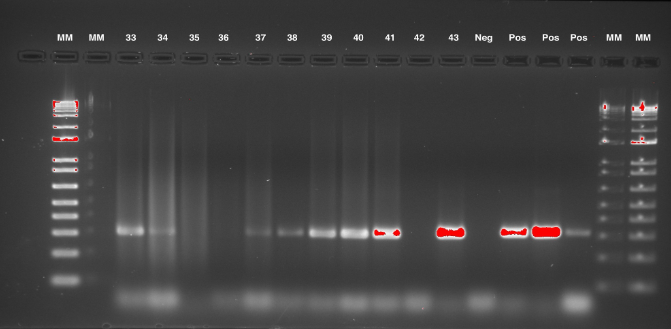Delta Smelt

The Delta Smelt (Hypomesus transpacificus) is a small, pelagic fish endemic to the San Francisco Estuary (SFE). Along with other pelagic fish in the SFE, the Delta Smelt population has been declining since the 1970s prompting its listing in the Federal and California State Endangered Species Acts. We conduct a variety of collaborative work studying Delta Smelt including:
Drivers of Condition in Wild Delta Smelt
As part of a large collaboration with the United States Fish and Wildlife Service (USFWS), California Department of Fish and Wildlife (CDFW), United States Bureau of Reclamation, and several labs at UC Davis we study Delta Smelt. In our lab we quantify a variety of endpoints as predictors of health and fitness in wild Delta Smelt populations including morphometric, biochemical, and histopathological approaches. We also distribute tissues for other analyses, including finclips to the Genetic Variation Lab at UC Davis for genetic analyses, otoliths to the Otolith, Geochemistry and Fish Ecology Lab at UC Davis for growth and life-history analysis, and the digestive tract to the CDFW Diet Study Lab for gut content analysis. Thanks to large-scale monitoring efforts, we have studied wild Delta Smelt for more than ten years, though catch numbers are generally low. This allows us to draw conclusions by comparing endpoints across different years (wet or dry) and locations (salinity, temperature, turbidity).
Selected Delta Smelt publications:
Patterns and predictors of condition indices in a critically endangered fish
Histopathological assessment of seven year-classes of Delta Smelt
Tidal wetlands associated with foraging success of Delta Smelt
Contaminant and food limitation stress in an endangered estuarine fish
Contaminant Exposure
The SFE is contaminated by agricultural, urban, and industrial pollutants which can cause detrimental effects to aquatic ecosystems. Freshwater flows may benefit Delta Smelt by expanding their physical habitat, but could also be exposing them to harmful contaminants. Thus, we have conducted exposure tests on sub-adult and larval Delta Smelt to water collected from multiple sites in the SFE for the past six years to examine the effects of different chemicals detected in the water on their gills and livers. These data are combined with analytical chemistry data from collaborators to improve understanding of contaminant effects on an imperiled fish.
Larval Delta Smelt Culturing
The UC Davis Fish Conservation and Culture Laboratory (FCCL) cultures a refuge population of Delta Smelt that is used for experimentation or released to supplement the wild population. Our lab has been experimenting with different culture systems and conditions to maximize growth and survival of Delta Smelt from embryos to the larval stage. We are interested in looking at the effects of temperature, salinity, and prey enrichment on the growth and survival of larvae. This work may inform future larval culture procedures at FCCL, and improve understanding of the factors that influence larval survival in the wild.

Genetic Identification of Wild Delta Smelt

To estimate the current population of wild Delta Smelt and better understand their spatial distribution within the SFE, there are a variety of interagency monitoring projects including US Fish and Wildlife Services’ Enhanced Delta Smelt Monitoring Program (EDSM). In order to report accurate numbers of Delta Smelt, caught fish that appear to be Delta Smelt are preserved and sent to our lab. We run PCR using a designed set of primers for Delta Smelt and closely related species–Wakasagi and Longfin Smelt. Amplified DNA fragments are then sequenced to identify the species.
